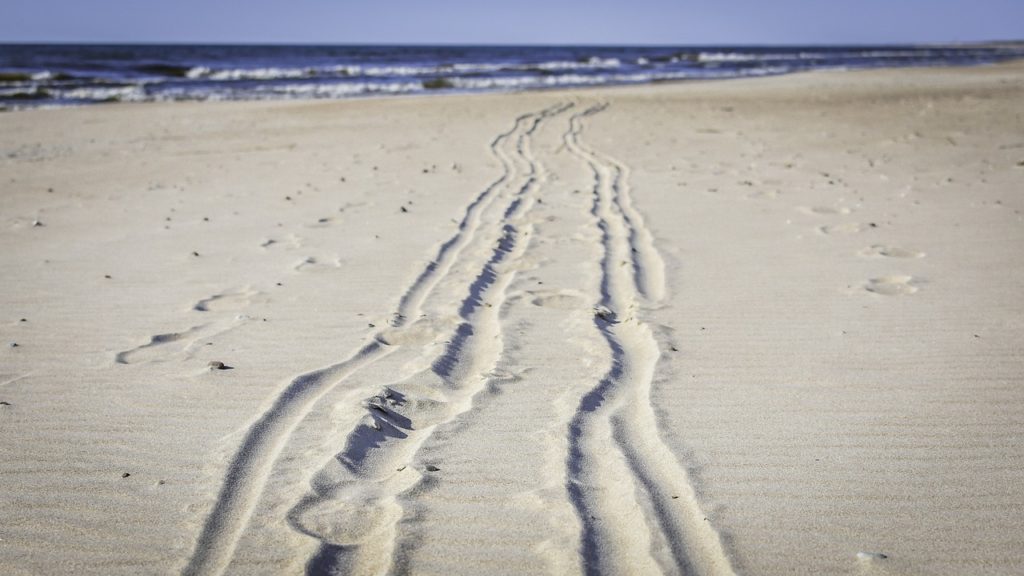Principles of Leave No Trace are not only necessary for preserving our natural spaces but are also crucial to instill in the younger generation. Teaching kids these principles can help create a future generation of responsible outdoor enthusiasts. In this guide, we will outline easy steps to follow when introducing Leave No Trace principles to kids, ensuring a positive impact on the environment and a lifelong respect for nature.
Understanding Leave No Trace Principles
The Seven Core Principles
Before initiateing on any outdoor adventure with your kids, it is crucial to understand the seven core Leave No Trace principles. These principles serve as guidelines to help minimize our impact on the environment and promote responsible outdoor practices. They include: Plan Ahead and Prepare, Travel and Camp on Durable Surfaces, Dispose of Waste Properly, Leave What You Find, Minimize Campfire Impact, Respect Wildlife, and Be Considerate of Other Visitors.
The Relevance of Each Principle to Children
Principles such as “Leave What You Find” and “Respect Wildlife” are particularly important for children to grasp as they explore the outdoors. Teaching kids to leave natural objects as they are and observe wildlife from a safe distance instills a sense of responsibility and respect for nature. Each principle offers valuable lessons that can shape children’s attitudes towards the environment and outdoor ethics.
With a focus on education and positive reinforcement, children can easily understand and adopt Leave No Trace principles into their outdoor adventures. By incorporating these principles into your family outings, you not only protect the environment but also instill lifelong values of stewardship and conservation in your children.
Teaching Leave No Trace to Kids
Age-Appropriate Strategies
While teaching Leave No Trace principles to children, it is imperative to tailor your approach based on their age. Younger kids may benefit from hands-on activities and visual aids, while older children can engage in more in-depth discussions about the impact of their actions on the environment. Always keep the content simple and relatable to ensure comprehension and retention.
Interactive Activities and Games
Kids thrive on interactive learning experiences, making activities and games a great way to introduce and reinforce Leave No Trace concepts. Incorporating scavenger hunts, role-playing scenarios, and nature bingo can make learning fun and engaging. These activities not only educate children about responsible outdoor behavior but also encourage a sense of stewardship towards the environment.
On top of that, interactive activities and games provide a hands-on approach to learning that allows children to apply Leave No Trace principles in a practical setting. As they actively participate and make decisions during these activities, kids develop a deeper understanding of how their actions impact nature and the importance of preserving it for future generations.
Understanding: By using age-appropriate strategies and interactive activities, parents and educators can effectively instill Leave No Trace principles in children. These foundational lessons will help kids develop a lifelong respect for the environment and empower them to make responsible choices when enjoying the great outdoors.
Implementing the Principles in Nature
Planning and Preparing for Outdoor Adventures
All outdoor adventures with kids should begin with thorough planning and preparation. Take into consideration the age and abilities of your children, research the location you plan to visit, and pack accordingly. Ensure you have crucials such as water, snacks, appropriate clothing, and first aid items. Inform someone of your plans and expected return time, and always have a backup plan in case of unexpected changes in weather or circumstances.
Practical Tips for Different Environments
With kids in tow, it’s crucial to adapt to different environments and teach them how to minimize their impact. In forests, stay on designated trails to avoid trampling fragile vegetation. At the beach, pack out all trash and avoid disturbing wildlife habitats. In the mountains, be mindful of fragile alpine ecosystems and camp in designated areas to prevent further damage.
- Stay on designated trails to avoid trampling fragile vegetation.
- Pack out all trash and avoid disturbing wildlife habitats.
- Camp in designated areas to prevent further damage.
Practical Tips for Different Environments
Practical tips for different environments with kids involve teaching them the importance of Leave No Trace principles in a tangible way. Encourage them to observe and appreciate the natural surroundings while minimizing their impact. Any outdoor experience can be a learning opportunity for children to understand the value of preserving our wilderness areas for future generations.
- Encourage observation and appreciation of natural surroundings.
- Minimize impact on the environment during outdoor activities.
- Teach children the value of preserving wilderness areas for future generations.
Encouraging Responsibility and Stewardship
Rewarding Positive Behavior
Responsibility is a crucial value to instill in children when teaching them about Leave No Trace principles. Encouraging positive behavior through rewards can help reinforce the importance of taking care of the environment. Whether it’s a small treat, a sticker chart, or extra privileges, acknowledging and rewarding your child’s efforts to follow Leave No Trace guidelines can go a long way in fostering a sense of responsibility towards nature.
Continuous Learning and Practice
Positive reinforcement is effective, but it’s also crucial to make learning about Leave No Trace principles an ongoing process. Children learn best through repetition, so continuous exposure to these principles is key. Incorporate fun activities or games that reinforce these concepts regularly to ensure that the importance of stewardship and conservation stays top of mind for your kids.
Continuous engagement in Leave No Trace practices both at home and outdoors will help solidify these principles in your child’s mind. By consistently integrating these guidelines into your family’s outdoor adventures, you’ll be shaping responsible and environmentally aware individuals who understand the significance of leaving no trace.
Conclusively
Teaching kids about Leave No Trace principles is crucial for fostering a deep respect for the environment and instilling a sense of responsibility for our natural spaces. By following the easy steps outlined in this guide, parents can ensure that they are equipping their children with the knowledge and skills needed to minimize their impact on the outdoors. By incorporating these principles into family outings and outdoor adventures, we can help create a generation of mindful stewards who will help protect our precious wilderness areas for years to come.

